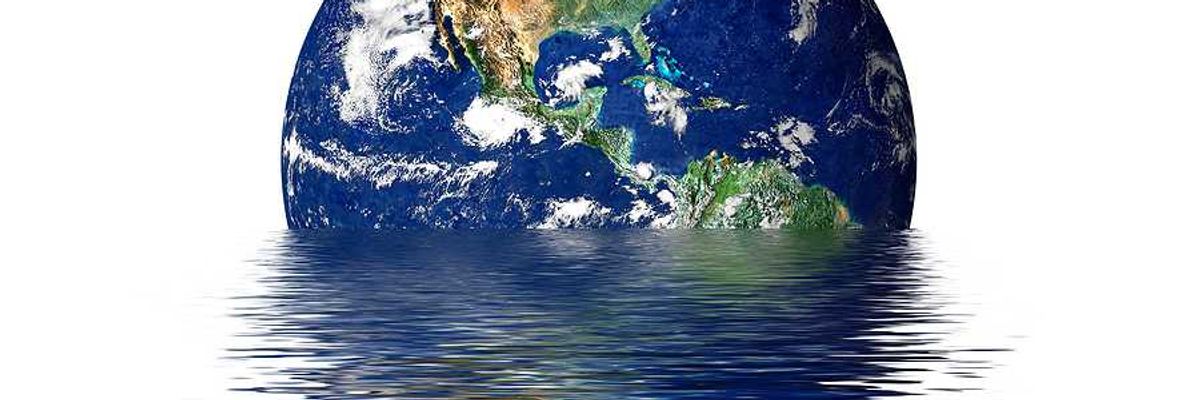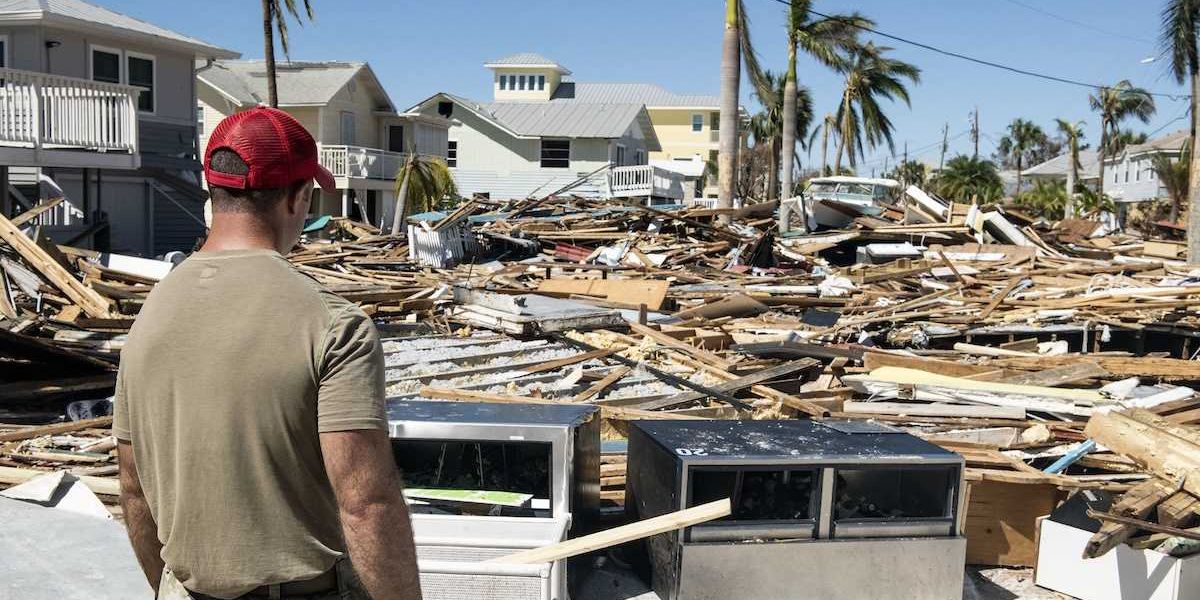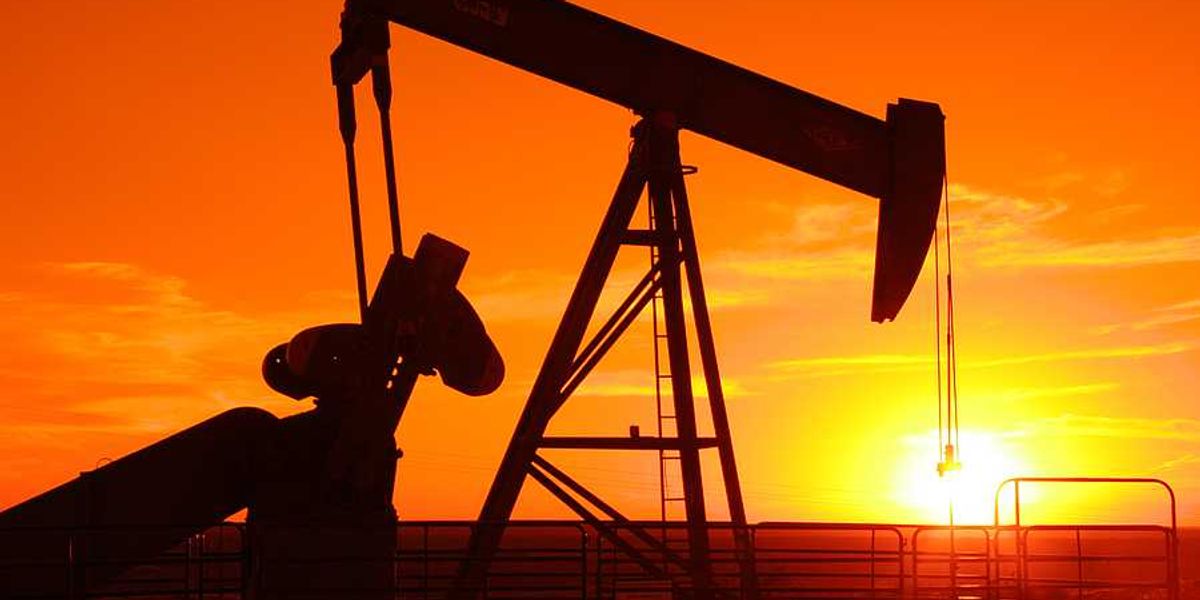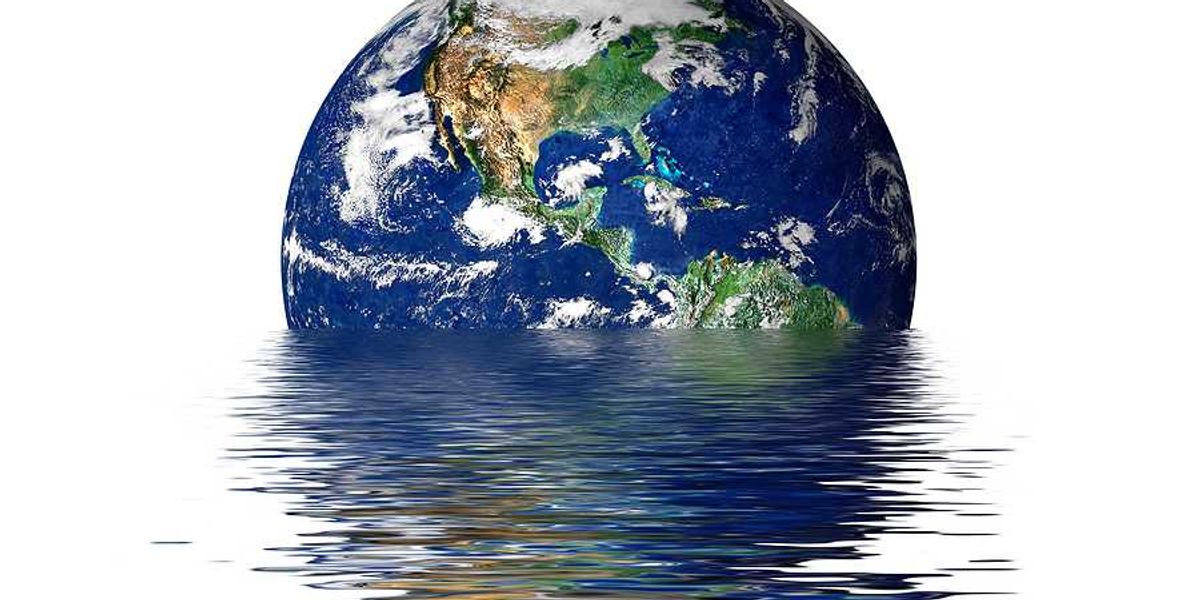seagrass
Seagrasses aren’t the solution to ocean plastic pollution
Recent findings debunk the optimistic view that Mediterranean seagrasses can effectively combat marine plastic pollution, revealing more harm than help.
In short:
- A 2021 study showed seagrasses trapping and removing plastic from the ocean, offering a hopeful solution.
- A new meta-analysis reveals that plastic pollution harms seagrasses, reducing their growth and disrupting ecosystems.
- Experts warn that seagrasses’ ability to trap plastic may cause more harm, as animals ingest the trapped plastic.
Key quote:
“I definitely don’t want people to move in the direction of saying, ‘We have seagrass beds and they’re trapping microplastics so that’s resolving the problem.’ That’s not resolving the problem—it’s just moving and concentrating it in a different location.”
— Alyssa Novak, coastal ecologist at Boston University
Why this matters:
Seagrass, often overlooked in the grand tapestry of marine ecosystems, plays a vital role in maintaining the health of our oceans. It serves as a nursery for fish, a filter for pollutants, and a powerful carbon sink. In the fight against microplastics, the story of seagrass is a stark reminder that the small things we often overlook can have a massive impact. Read more: Plastic pollution in the ocean.
Seagrass: A natural barrier against heavy metal pollution in Australia's waters
In a significant ecological discovery, seagrass meadows in Australia's Spencer Gulf have been found to trap thousands of tons of heavy metals, safeguarding marine environments.
In short:
- Seagrass in Australia's largest estuary, the Spencer Gulf, has absorbed heavy metals from industrial pollution since 1889.
- The seagrass appears healthy, but risks like marine heatwaves or storms could release these metals back into the sea.
- This finding highlights the crucial role of seagrass in environmental protection and the need for its preservation amid climate change.
Key quote:
"It’s an environment we cannot lose. As long as the seagrasses are there, the metals are safe and trapped in the sediments."
— Anna Lafratta, marine ecologist, Edith Cowan University
Why this matters:
Beyond their role in pollution control, seagrass contributes significantly to the health of marine environments. They provide habitat for a diverse array of marine life, help maintain water clarity, and play a part in carbon sequestration, combatting climate change.
Marine heat waves are happening with increasing frequency as the planet warms and oceans absorb the bulk of that warming. Scientists are still learning how extreme weather like marine heat waves and storms may contribute to the release of toxic pollution sequestered by marine plants like sea grass.
Mapping seagrass, the world’s forgotten underwater ecosystem
The trillion-dollar auction to save the world
Good news-bad news on Florida manatee deaths this year
So far this year, scientists have spotted only 215 dead manatees. In the first three months of last year, the number of dead manatees hit 463. The year before that — the one that broke the record — the scientists by this point had already collected 559 carcasses.









